The Black Abbey is one of Kilkenny’s top attractions for good reason.
Although it gets much less attention than nearby Kilkenny Castle, the Black Abbey is well worth a nosey around.
You don’t have to be religious to enjoy an afternoon marvelling at the majestic architecture, incredible craftsmanship, and immense decorative features.
Some quick need-to-knows before visiting The Black Abbey
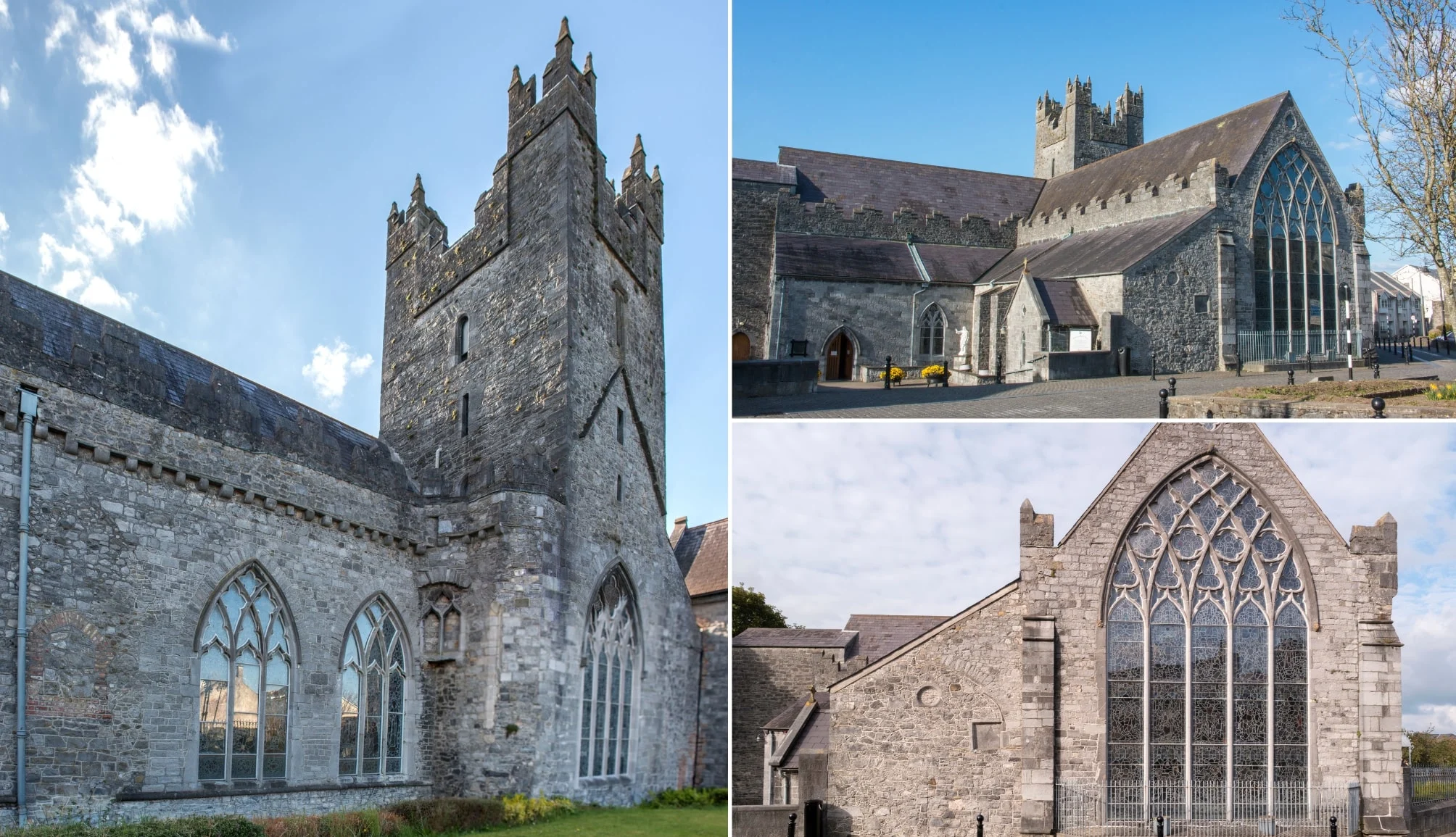
Photos via Shutterstock
Before we take a closer look at the Black Abbey, let’s cover the basics.
1. Location
The Black Abbey was originally built in a tranquil location just outside of the city walls. Located on the banks of the Bregach River, it stood between what were then the two towns that made up Kilkenny; Irishtown, occupied by indigenous Irish, and a second town, home to a population of mostly Norman/English settlers. It’s around 1km from Kilkenny Castle.
2. Admission
As a public place of worship, it’s free to visit the Black Abbey. However, it is worth remembering that it isn’t a run-of-the-mill a tourist attraction and visitors are expected to treat the site and other worshippers with respect.
3. Opening hours
The Black Abbey is open to the public daily, with mass at 10:30 am and 1:05 pm Monday to Saturday. Sunday mass times are 6:10 am, 9:00 am, 12:00 noon, and 6:00 pm. Confession, or Sacrament of Reconciliation, is typically for an hour before mass. While there are no opening hours as such, it’s best to visit outside of worship hours unless you wish to partake in the services.
4. Dates back to the 1220s
The Black Abbey was first established as a Dominican Friary in 1225. Amazingly, despite many turbulent years that saw the abbey change hands regularly, parts of the original structure remain to this day. Nowadays, visitors can take in the impressive stonework, as well as numerous carvings and tombstones that date back many hundreds of years.
The history of The Black Abbey
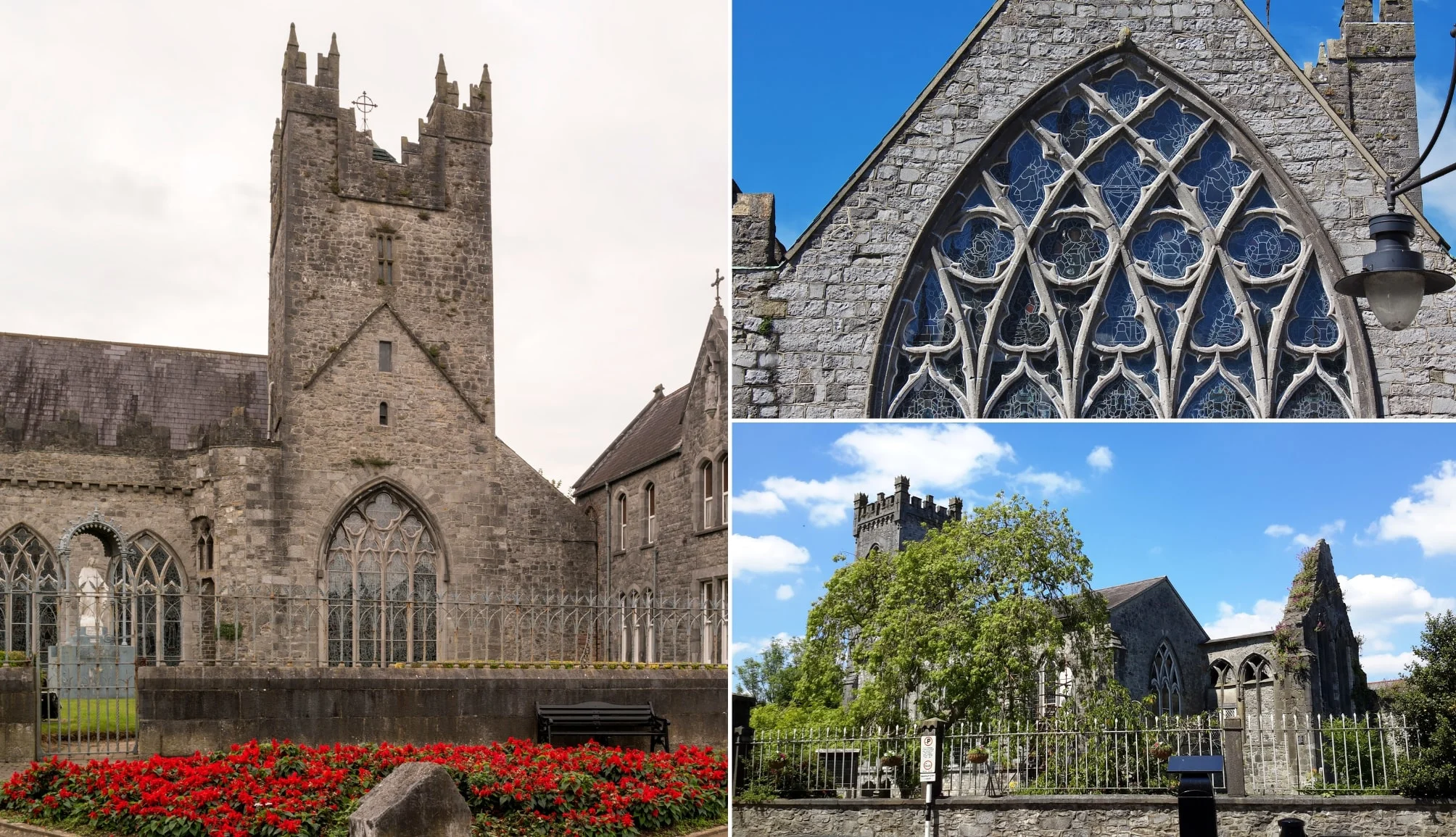
Photos via Shutterstock
Founded by William Marshal, 2nd Earl of Pembroke, the Black Abbey dates back to 1225 and was one of the first houses of the Dominican Order in Ireland.
It was home to a group of Dominican friars, which is where the name likely comes from. Dominican friars are commonly known as blackfriars, due to the black cappa that is worn over a white habit.
Plague years
The Black Abbey operated for many years as a place of worship, though it wasn’t always peachy.
Like much of Europe, in 1349 the abbey felt the touch of the black death (bubonic plague), with eight community members falling victim to the pandemic.
However, the Black Abbey continued to play a major role in the civil and ecclesiastical life of Kilkenny for many years afterward.
A fall from grace
Things changed in 1558 when the Black Abbey was confiscated by the crown, headed by the protestant Queen Elizabeth I. The friars were banished from the abbey, which was then converted into a courthouse.
Between 1642 and 1649 the Black Abbey was central to saving Catholicism in Ireland and had the backing of the Catholic King Charles I. During this time, it hosted the Irish Catholic Confederation government.
Then Cromwell arrived
Unfortunately, in 1650, the Black Abbey was overcome by Oliver Cromwell and his troops. During the siege of Kilkenny, many people died in the abbey and many more fled before the city submitted.
There was a brief period of hope between 1685 and 1689 when catholic King James II held the throne. However, the abbey was once again occupied by the English in 1690, after protestant King William III claimed the throne.
Coming back from zero
By 1776 the Black Abbey had seen serious neglect and the community of the friary was close to zero. However, while things had hit an all-time low, this was also the year that the Dominican friars started to reclaim the abbey as their own.
At first, they rented it from the crown, but by 1816 it was finally restored as a Dominican priory, with the first public mass being held on September 25th of that year.
The Abbey was reconsecrated by the bishop on Trinity Sunday, 1864, and finally opened back up as a public place of worship. During the 19th century, the Black Abbey underwent intense renovation, bringing it back to its former glory.
What to look out for at The Black Abbey

There’s loads to see on a visit to the Black Abbey but you need to know what there is to look out for.
Below, you’ll find info on the interior, the exterior and everything in between.
1. The beautiful exterior
From the outside, the Black Abbey is stunning to look at. It boasts breathtaking architecture, with immense towers, mighty stone walls, and gorgeous stained-glass windows.
Turrets and arches rise up, built from gargantuan blocks of dark grey stone. It’s a marvel to behold and an impressive feat, especially considering that parts of it have survived more than 800-years.
The tower was originally built in 1507 and remains standing tall to this day. At the entrance, you’ll find a number of stone coffins, all dating back to the 13th century.
2. The stained glass windows
One of the most impressive features of the Black Abbey has to be its amazing stained-glass windows. These huge openings depict a wealth of biblical scenes, done in a gorgeous style and made all the better as the sunlight plays on the vivid colours.
There’s an array of modern and classical designs to take in and you can spend hours absorbed in the patterns. The star of the show has got to be the incredible, great south Rosary Window.
Depicting the 15 mysteries of the Holy Rosary, it’s the largest stained-glass window in Ireland and an absolute wonder to behold.
3. The 15th Century alabaster statue
Another popular attraction is an incredible alabaster sculpture of the Holy Trinity. As the abbey is dedicated to the Most Holy and Undivided Trinity, this is an important carving for the Black Abbey.
It dates back to the 15th century and was discovered hidden in a wall during renovations in the 19th century. The statue represents God the Father seated on a throne, carrying a crucifix with a figure of the Son.
A dove perched atop the crucifix represents the Holy Spirit. Experts date the sculpture to the 1400s, despite it having the date 1264 carved onto it.
4. The interior features
The inside of the Black Abbey is just as impressive as the exterior. The gorgeous arches continue throughout the nave, while the incredible stonework and stained-glass windows will surely make you believe in miracles as you gaze up to the imposing roof.
From inside, it’s apparent that this is very much a place of worship for many people, and you can’t help but feel awed.
Things to do near The Black Abbey
One of the beauties of The Black Abbey is that it’s a short spin away from many of the best things to do in Kilkenny.
Below, you’ll find a handful of things to see and do a stone’s throw from The Black Abbey (plus places to eat and where to grab a post-adventure pint!).
1. Rothe House & Garden (3-minute walk)
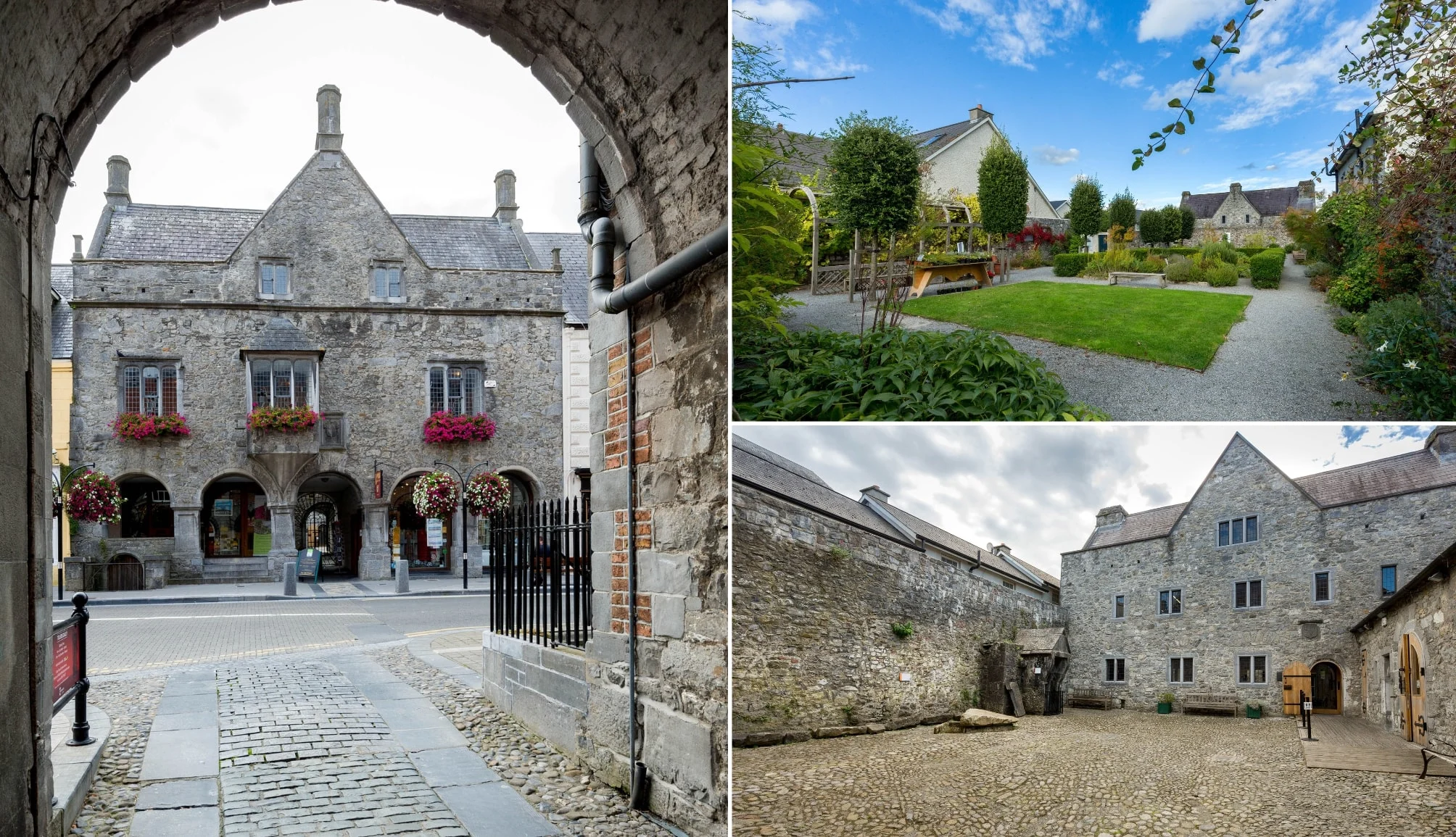
Photos courtesy Dylan Vaughan Photography via Failte Ireland
This fantastic museum showcases a Tudor merchant house that dates back to 1594. It’s larger than it looks from the street, with three houses and three courtyards stretching back across the narrow, but long plot. As you explore each area, you’ll discover a number of old artifacts, as well as the stunning heritage garden.
2. Medieval Mile Museum (8-minute walk)
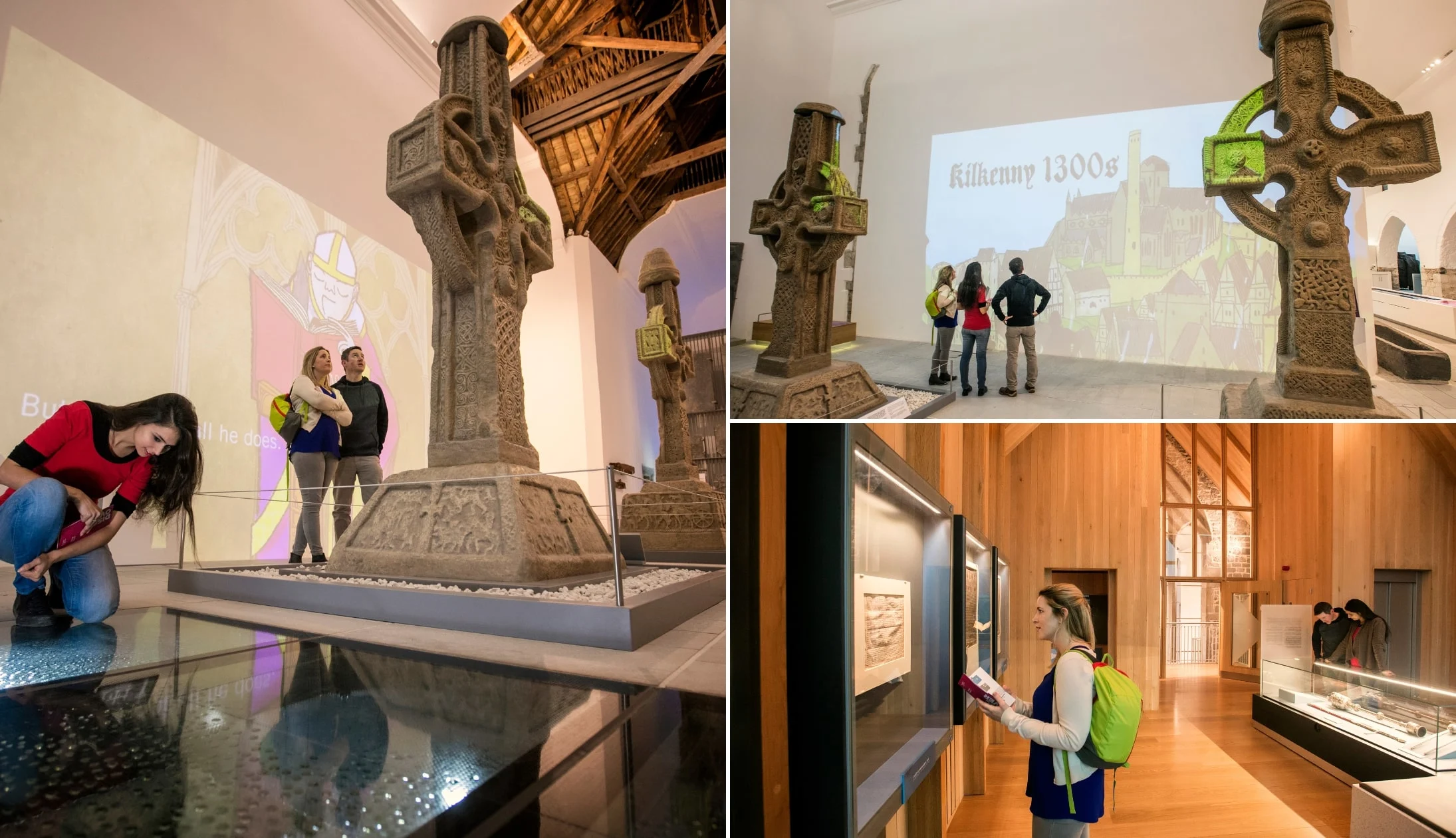
Photos courtesy Brian Morrison via Failte Ireland
Sitting in the centre of Kilkenny, this spectacular museum covers more than 800-years of local history. You’ll find a whole host of artifacts and exhibits to indulge in, from Celtic stone crosses to Victorian-era toys and much more. The team offers guided tours that provide incredible backstories to much of what you’re looking at.
3. Kilkenny Castle (12-minute walk)
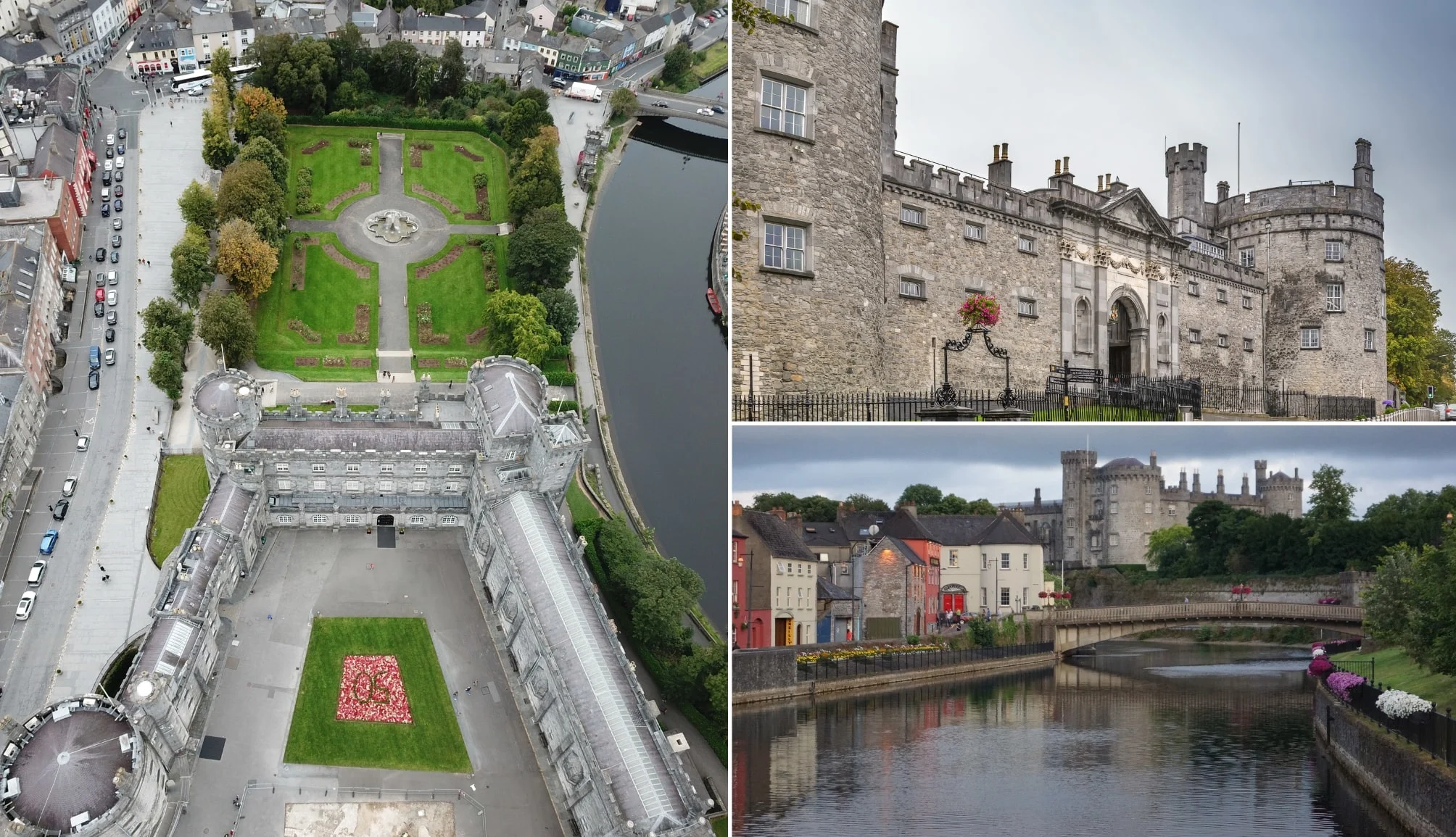
Photos via Shutterstock
The main event for many visitors to the city, Kilkenny Castle is great for everyone, not just history buffs. Located in the heart of this medieval city, it’s more than 800-years old. A walk through the immense halls, drawing rooms, and grounds take you back in time as you gaze upon medieval suits of armour, historic tapestries, and much more.
4. Great food + old-school pubs
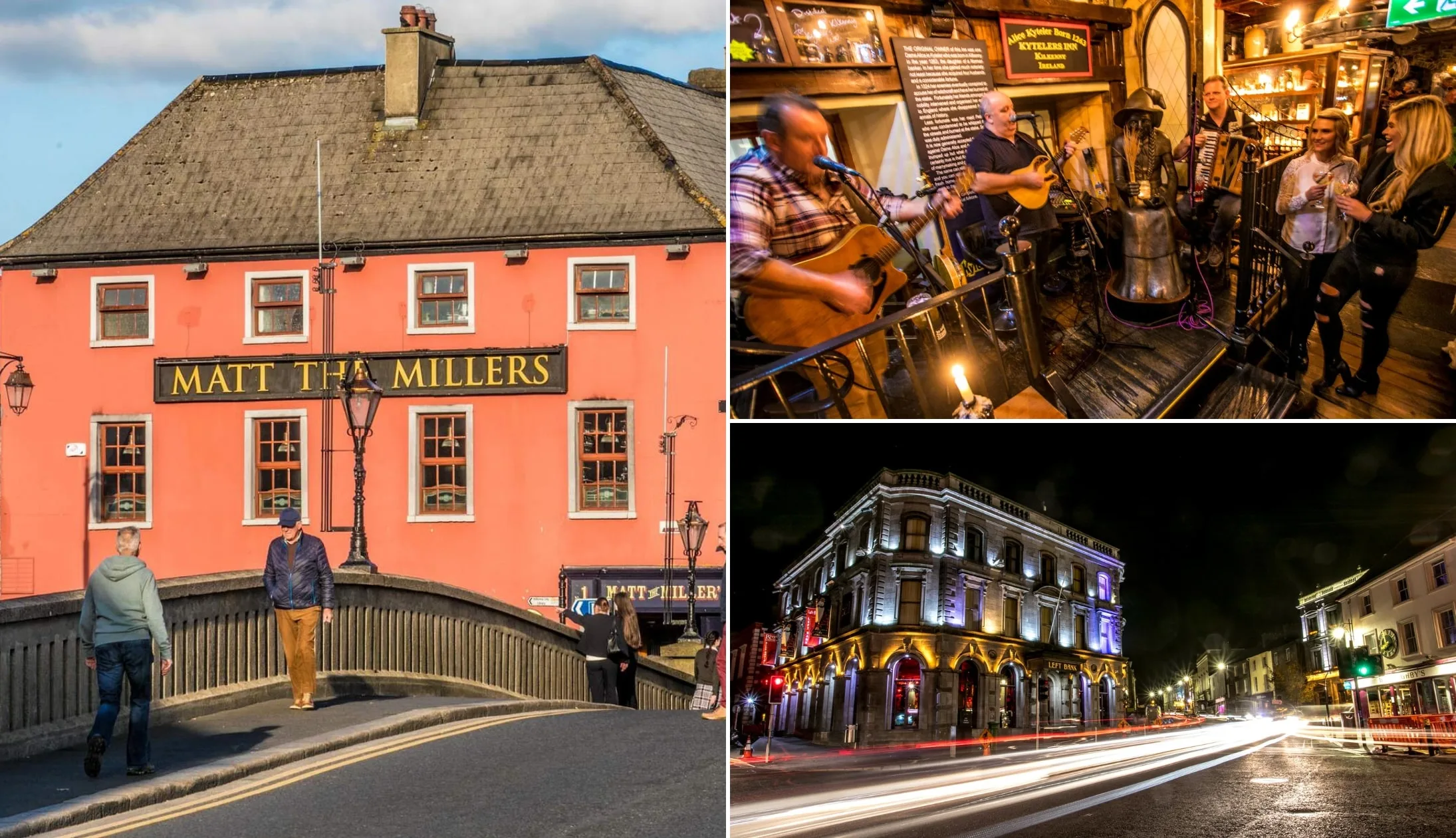
Photos courtesy Allen Kiely via Failte Ireland
Kilkenny is a veritable treasure trove of great pubs, restaurants, and cafes. There’s a superb food scene in the city, with some of the country’s most celebrated chefs producing an incredible array of dishes from around the world using the freshest locally sourced ingredients. Meanwhile, the pubs of Kilkenny offer something for everyone, including live traditional music sets, a cosy place to talk, and late bars to party into the night.


Krystian
Sunday 22nd of October 2023
The Sunday vigil mass is at 06:10pm every Saturday; there is no 06:10am mass on Sundays.